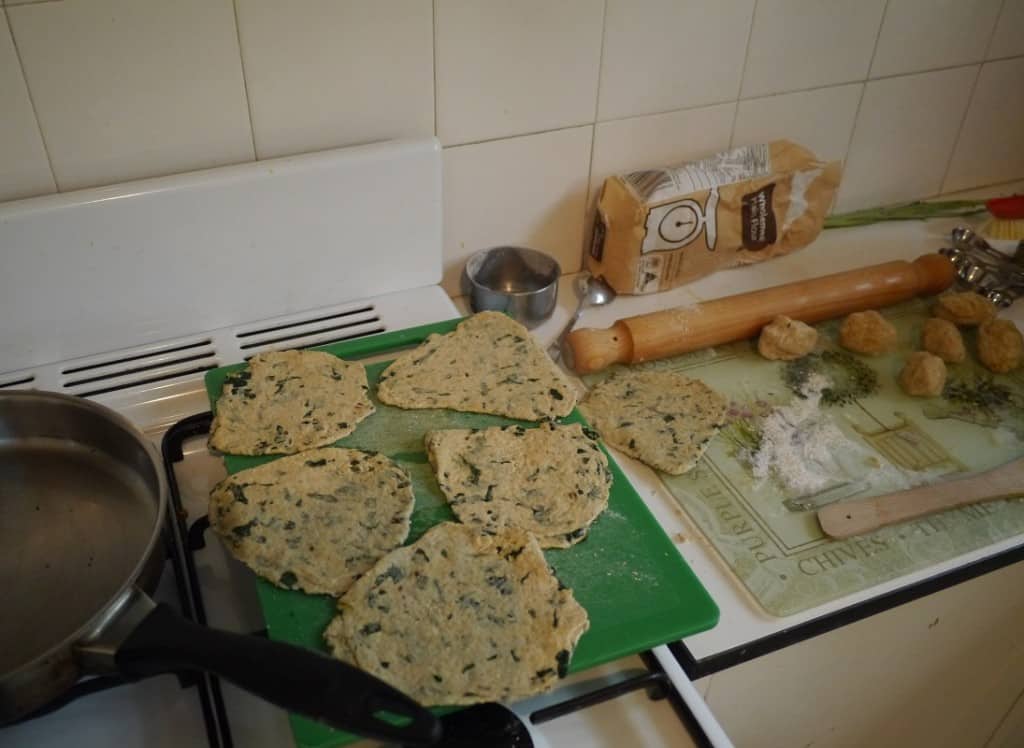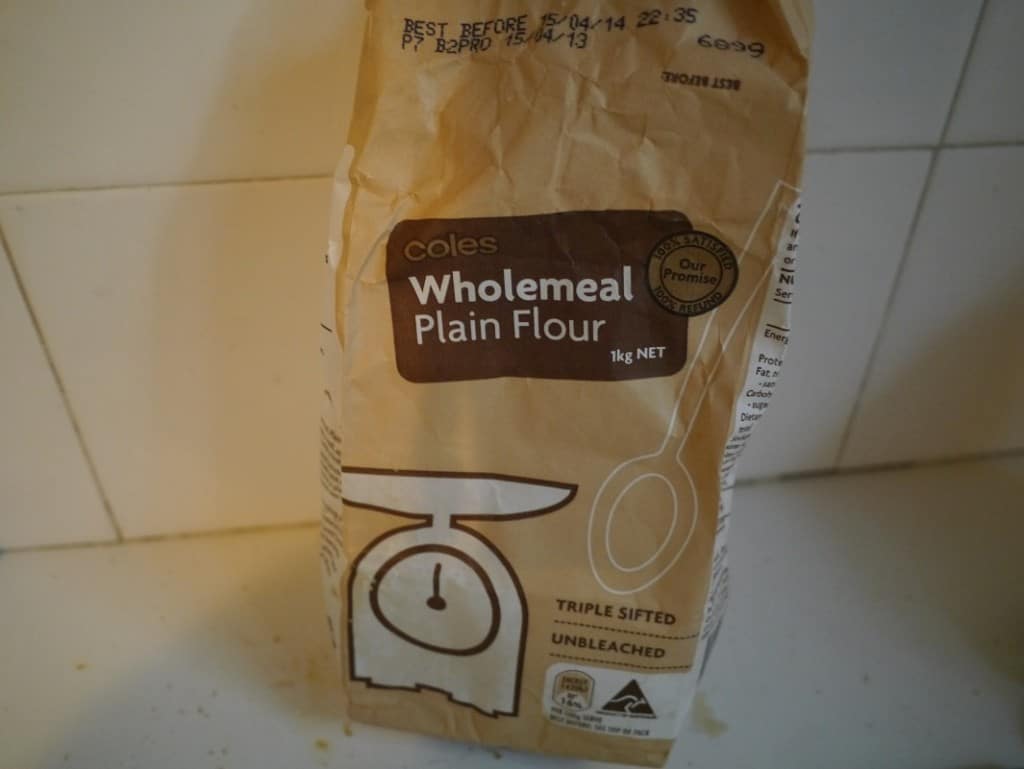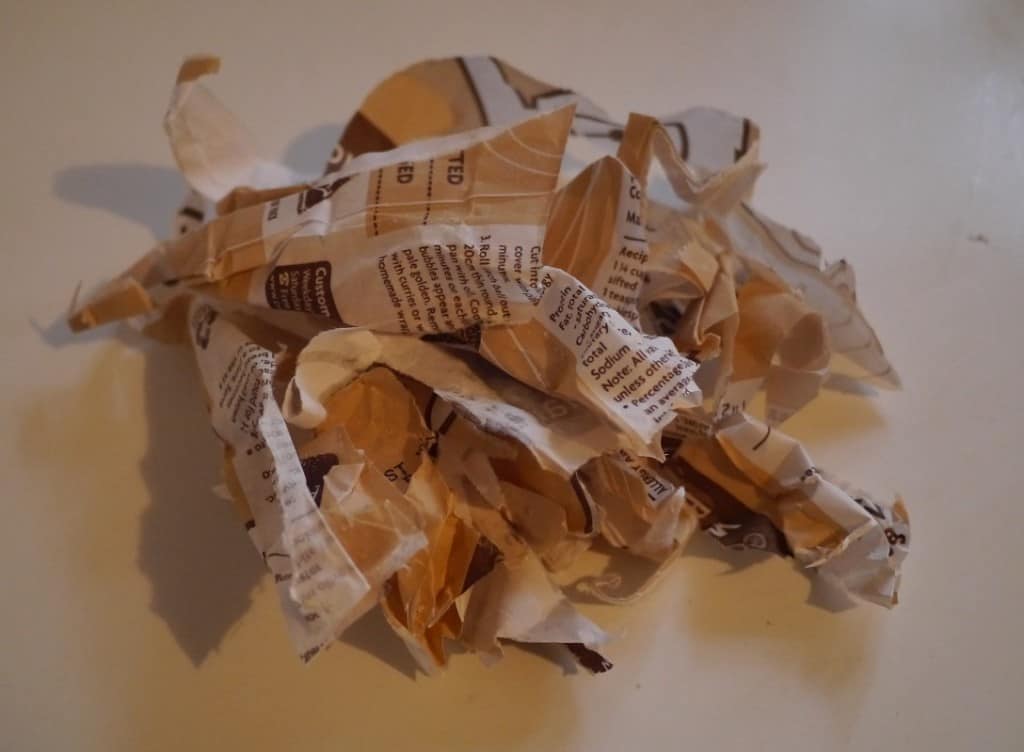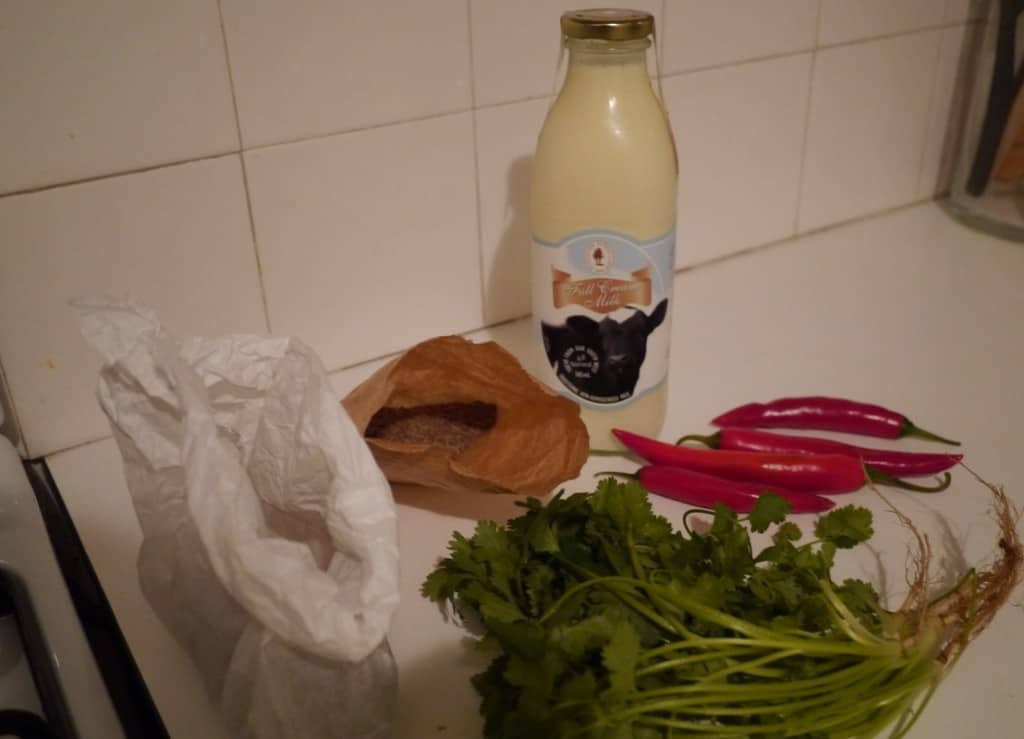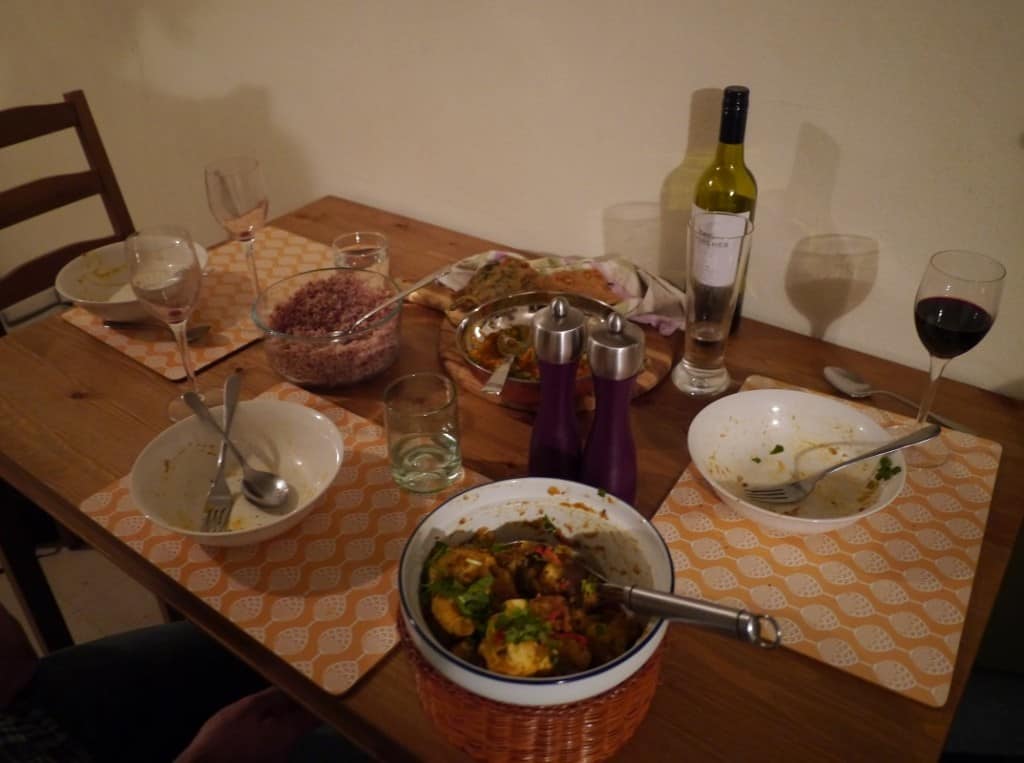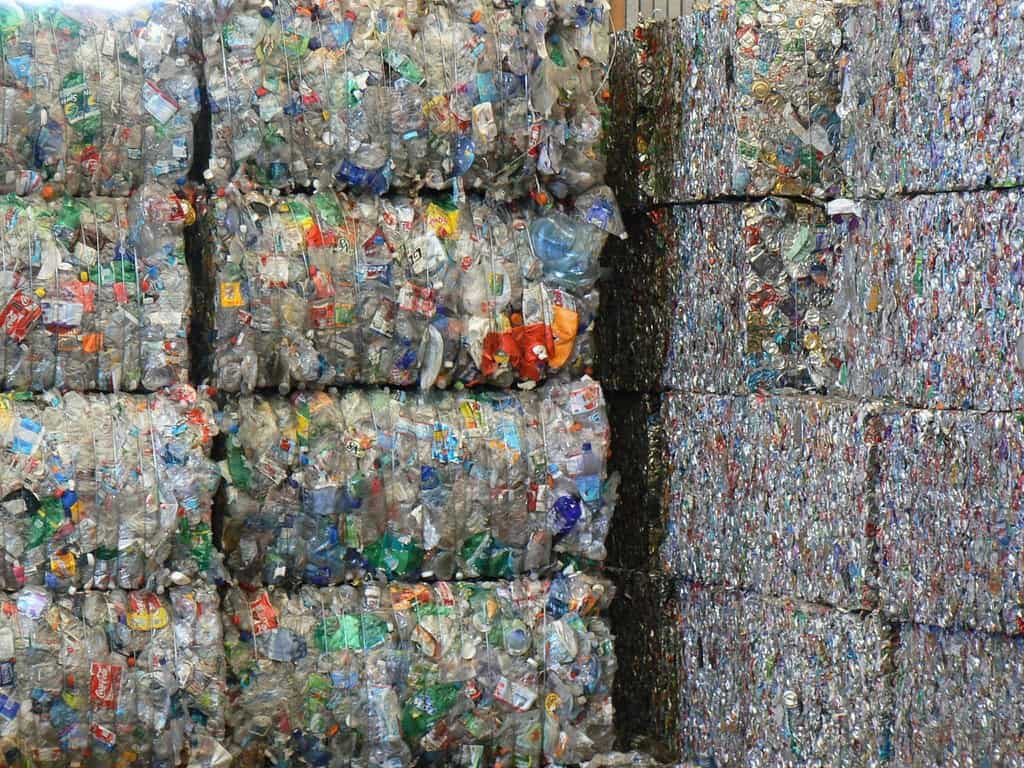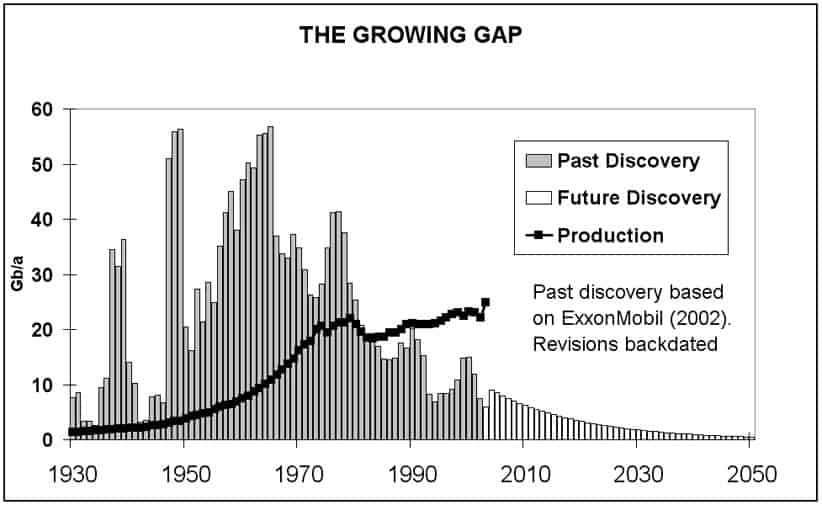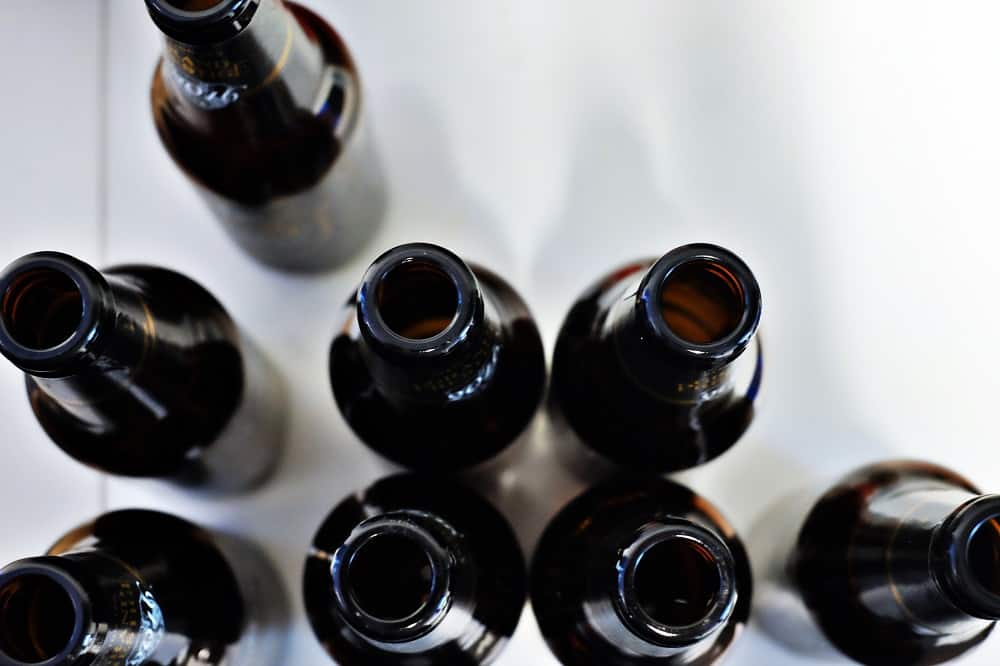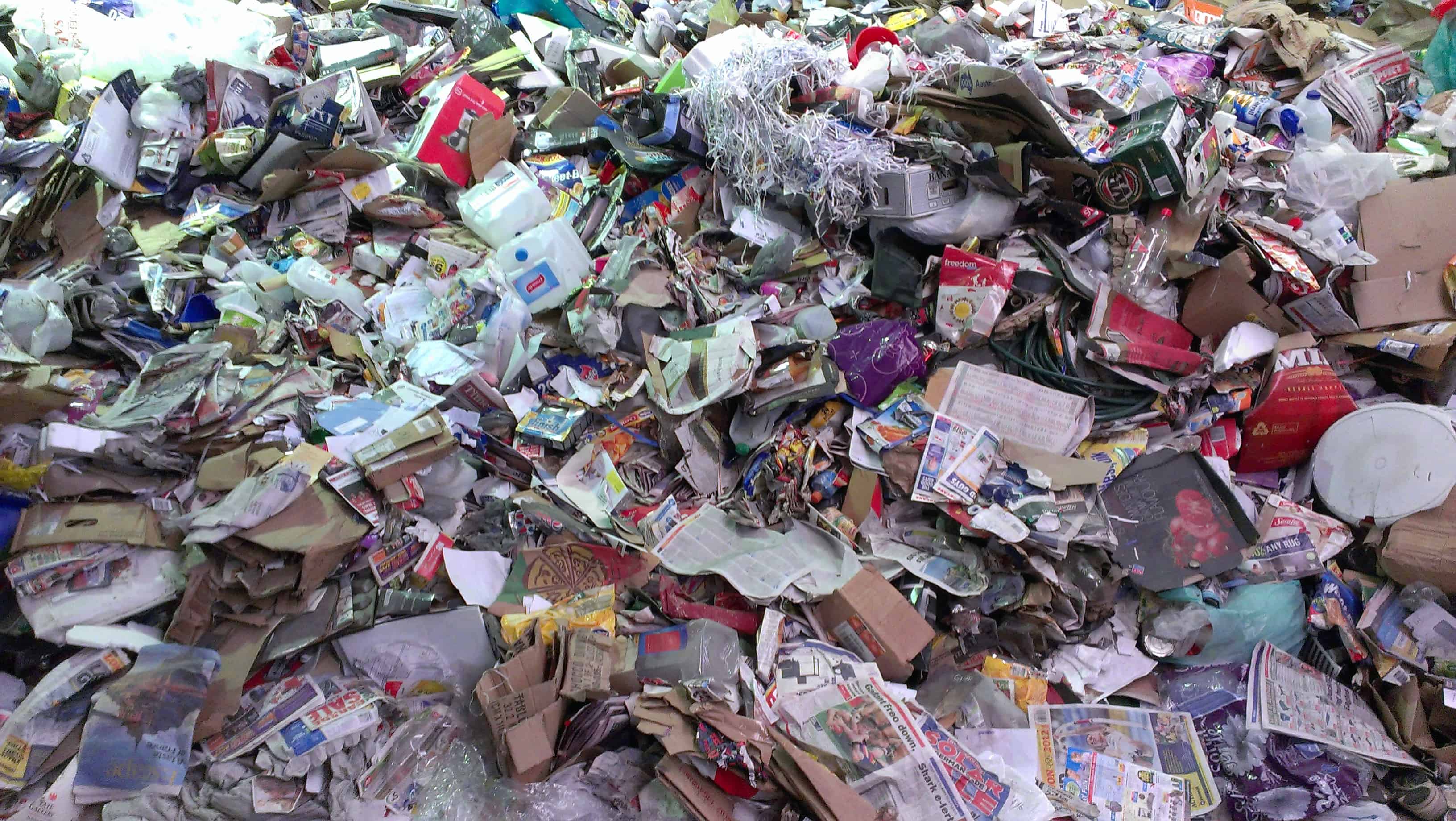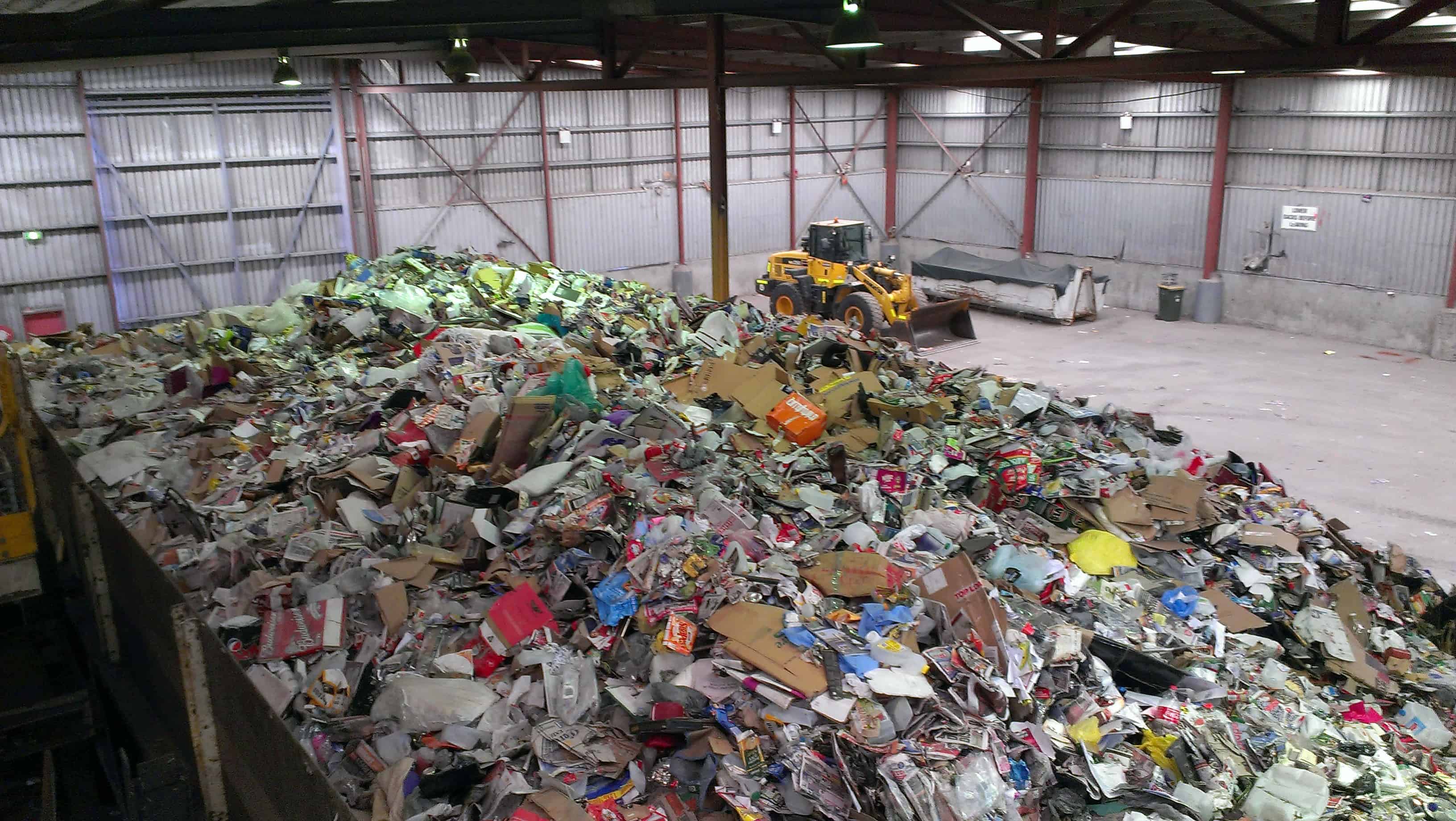The Future of Waste
What would you expect from a talk about the future of waste hosted by a city that’s proud of its sustainability credentials, promotes zero waste, is working on a program to divert all organic waste from landfill, and is trying to push through a local ban on plastic bags? You’d expect a discussion on reducing waste at source, closed loops systems, community education programmes, better recycling facilities and the role of entrepreneurs in repurposing waste, surely?
You certainly wouldn’t expect to hear the case for building new incinerators as the solution to the waste problem, would you?!
Here’s the flyer:
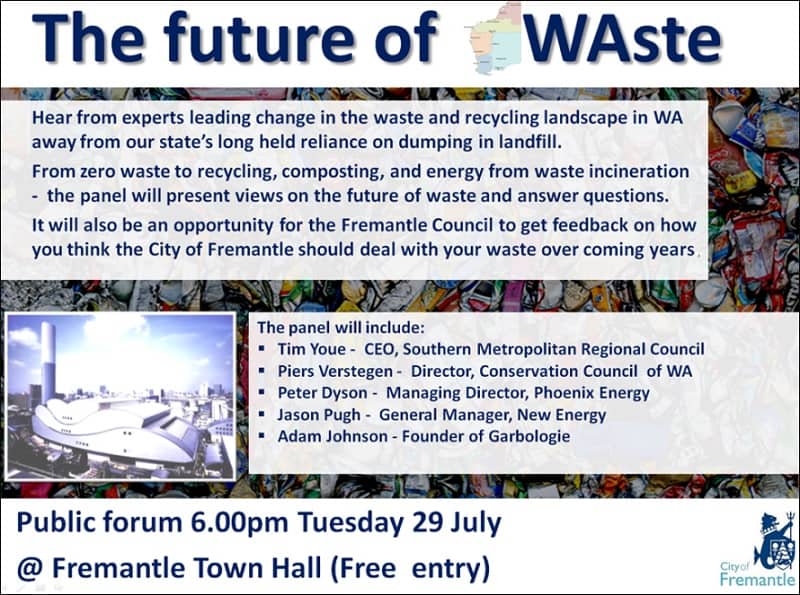
Looking at the poster, I certainly didn’t. I was expecting an interesting discussion. What I didn’t know beforehand was that both Phoenix Energy and New Energy have applications in Perth for constructing incinerators, in Kwinana and Rockingham respectively. Not only that, but the Major of Fremantle has just come back from a trip to Japan to visit these plants, and was clearly impressed by the technology.
So what was billed as a talk about the future of waste for Perth and Fremantle became a talk about the role and benefits of incinerators, and descended into a slanging match between the pro-incinerator PR guys and the anti-incinerator community members. One of the original speakers had cancelled at short notice, and was replaced with Lee Bell from the National Toxics Network, who made the discussion far more balanced than it otherwise might have been as he was able to talk credibly about the issues incinerators have caused (and continue to cause) globally.
Before I watched Trashed, I had some idea that incinerators were bad. After that, my views were very firm and clear.
Even so, it wasn’t meant to be a discussion about incinerators…it was meant to be a discussion about the future of waste, and how to make it more sustainable! I wasn’t there to be convinced of the need for incinerators, I was there to hear ideas and solutions, new ways of doing things, how to make this idea of zero waste a reality. How to educate the public and look at changing behaviours. Positive solutions that don’t encourage wasting resources by turning them into (toxic) dust, but return them into useful production.
The Kwinana waste-to-energy plant (the more politically preferable name for an incinerator) is going to cost $380 million to build. Imagine if all that money, that $380 million, was invested in real green energy technology such as solar and wind, sustainable cradle-to-cradle product design enterprises, community waste education programmes and imaginative waste entrepreneurs who repurpose waste?!
Instead, the plan for the future is to take all that material, and turn it into (toxic) ash.
That makes me sad.
Is this really the future of waste?
[leadpages_leadbox leadbox_id=1429a0746639c5] [/leadpages_leadbox]


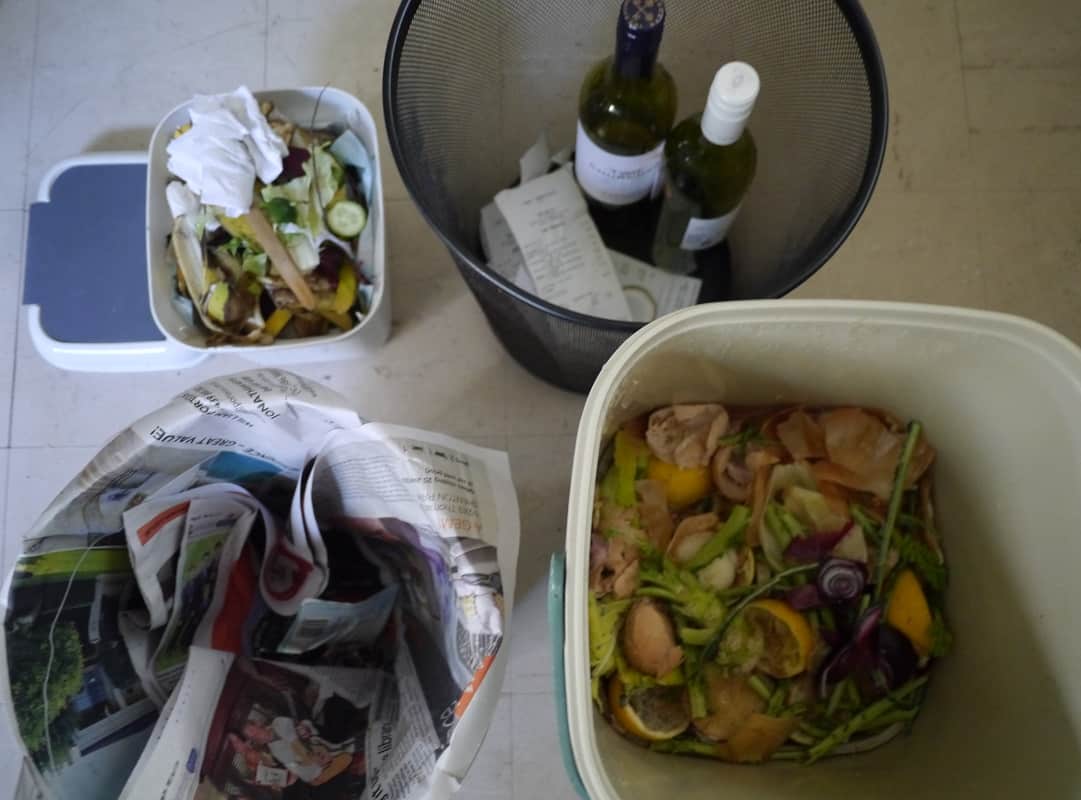
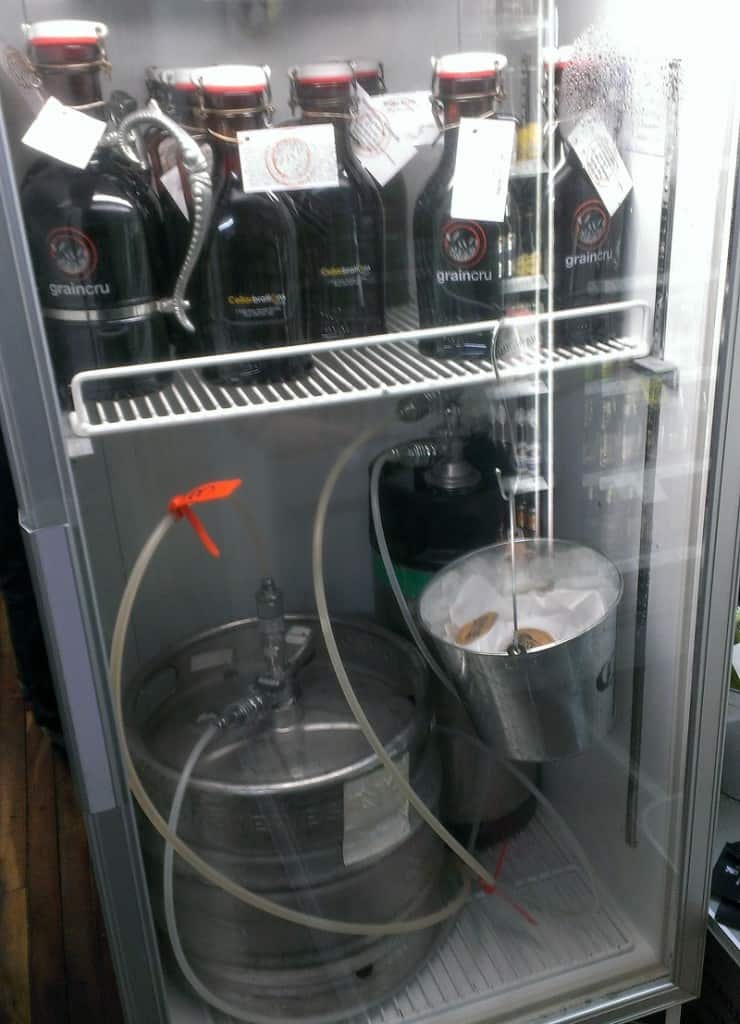
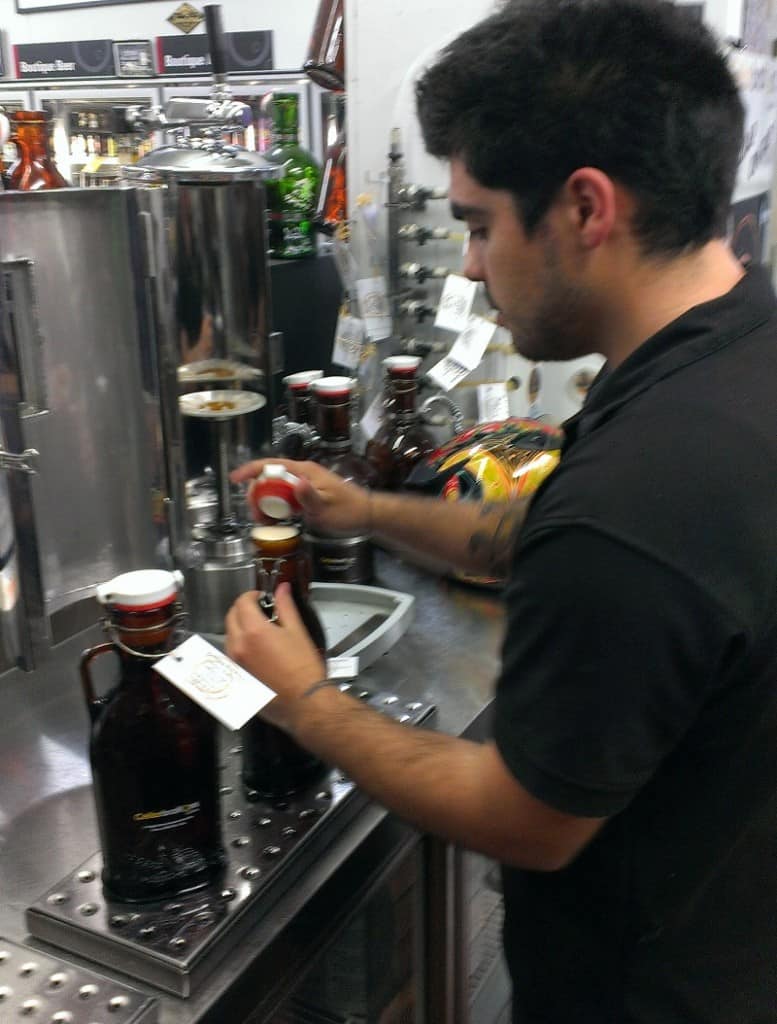
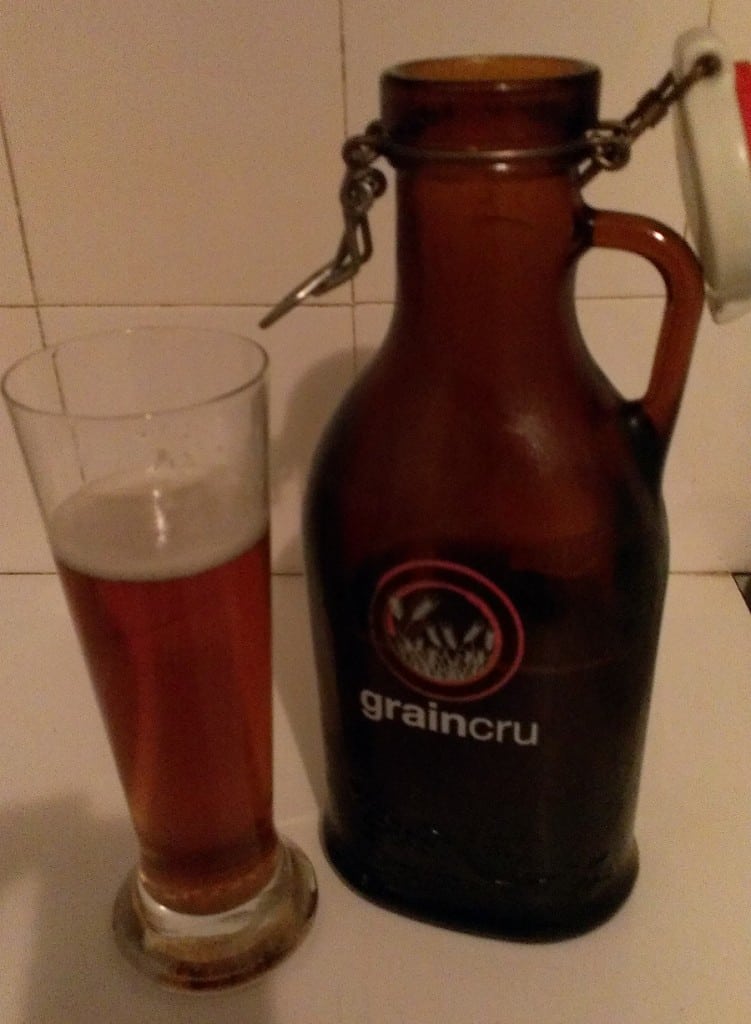
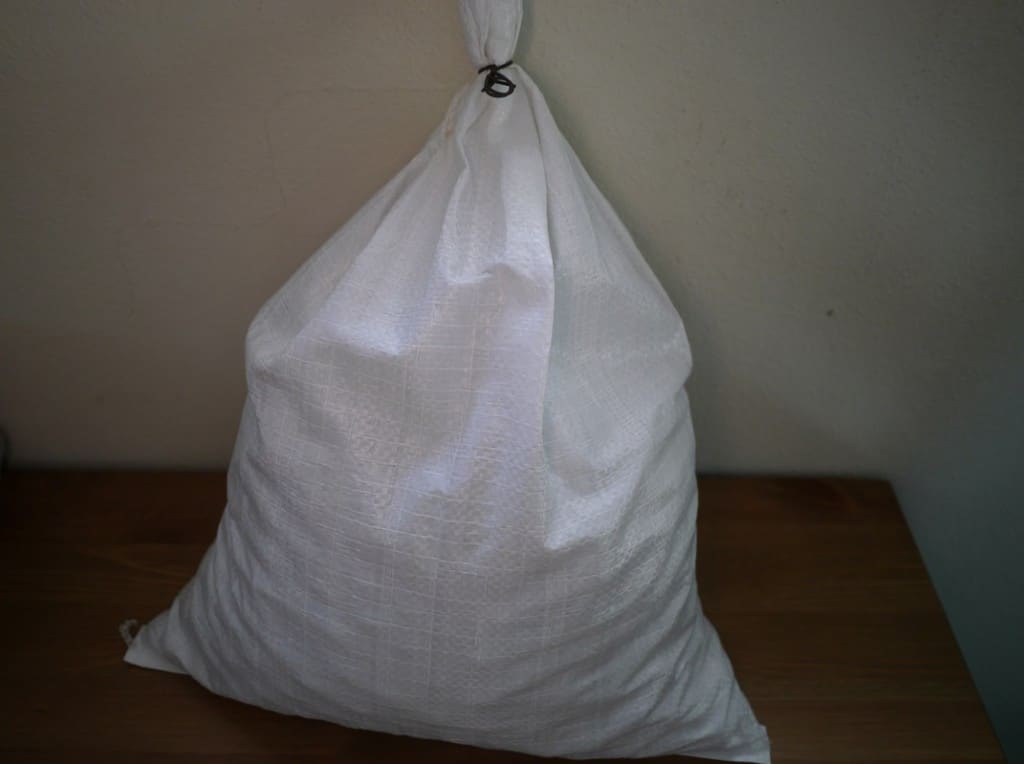
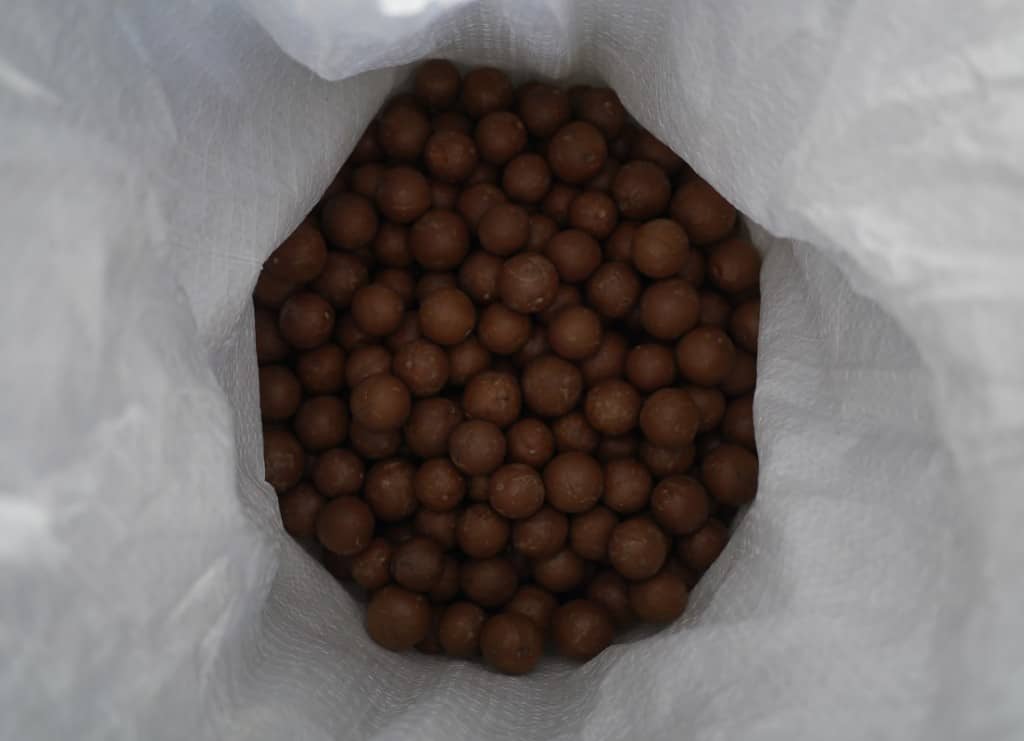
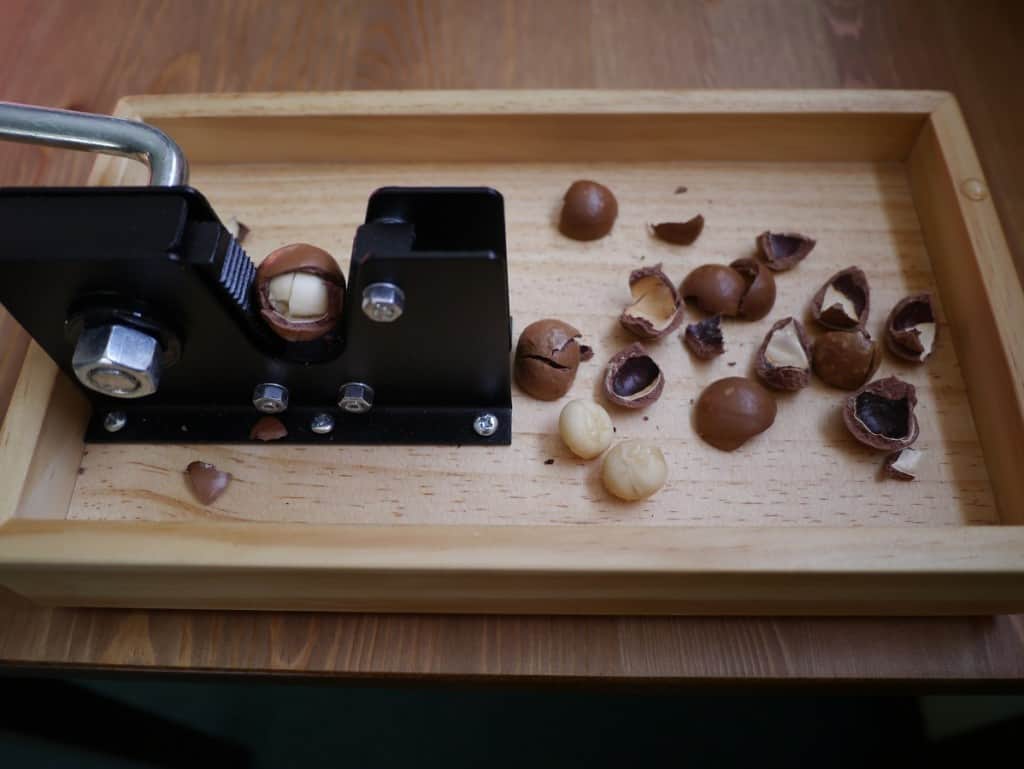
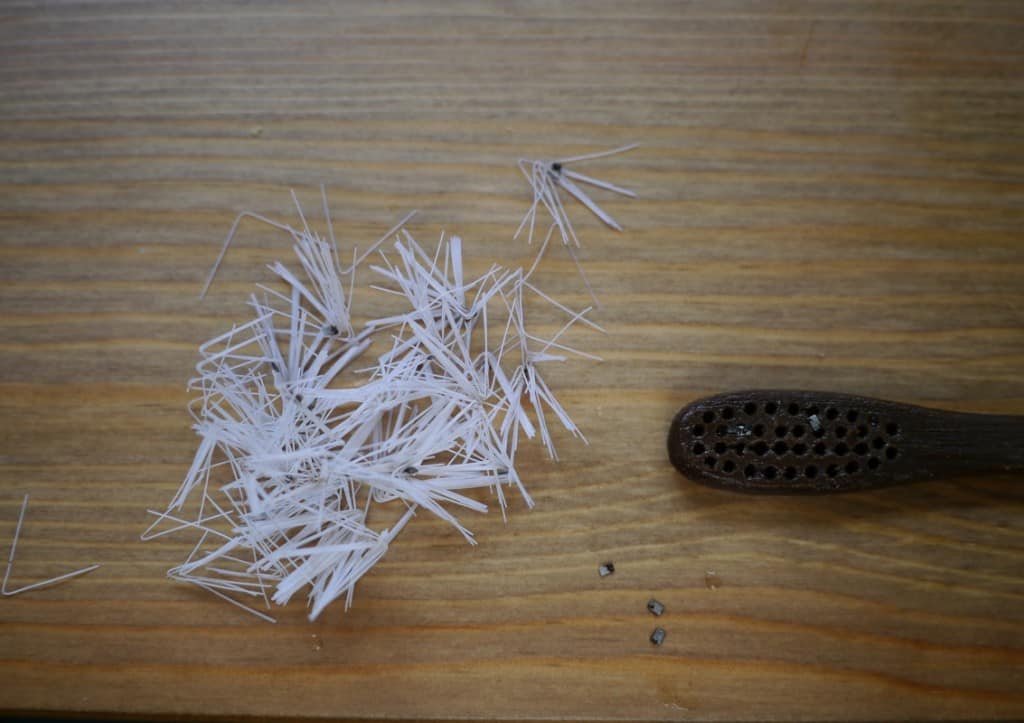

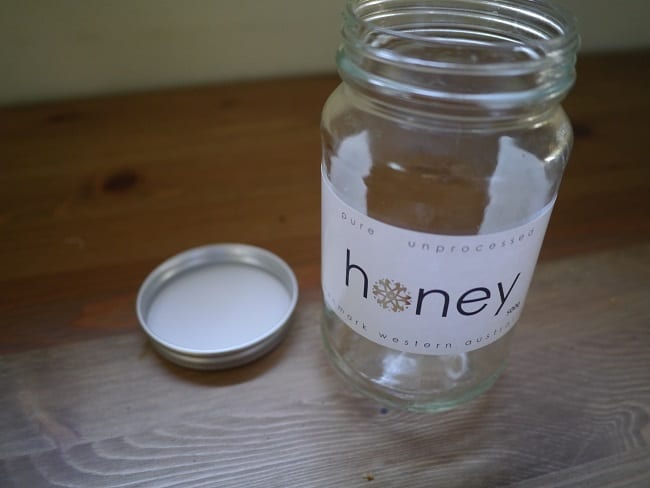




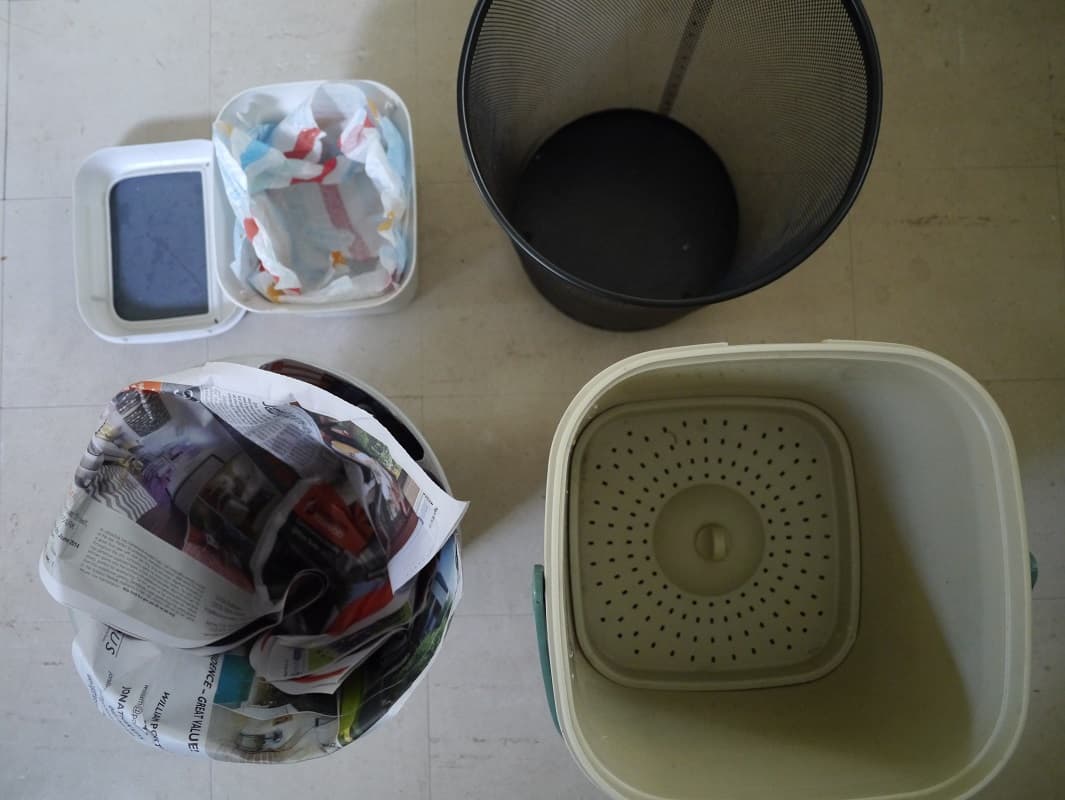
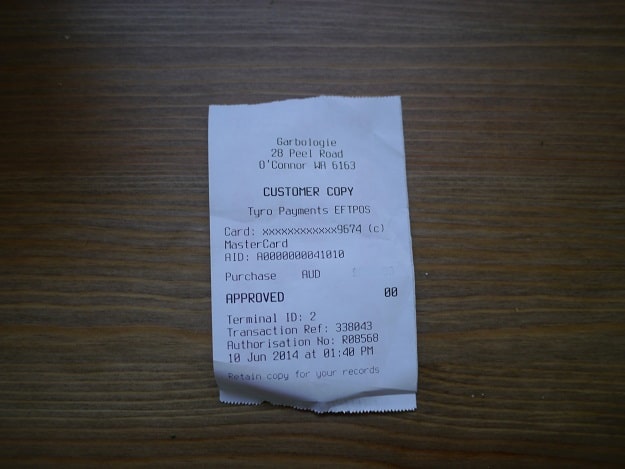
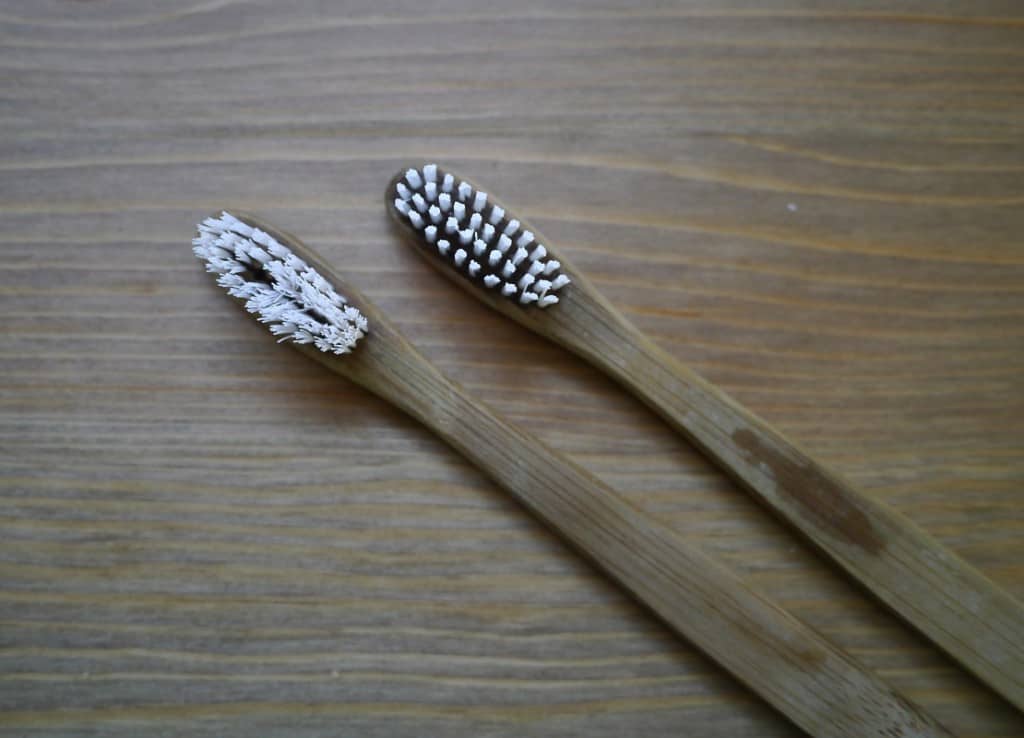
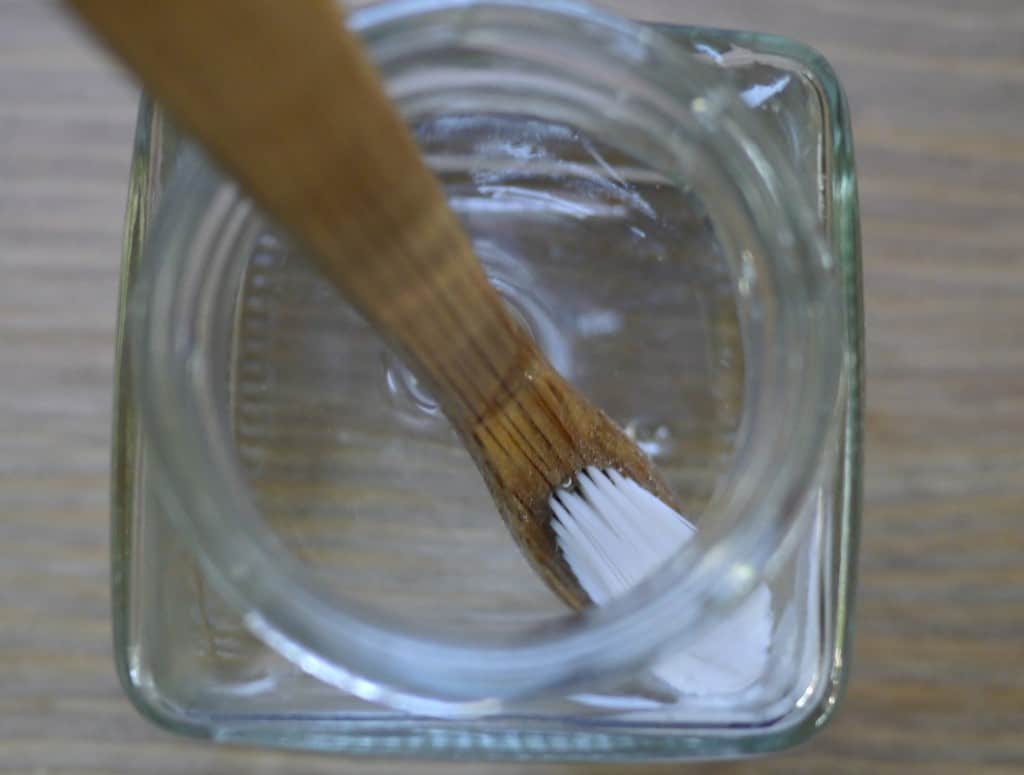
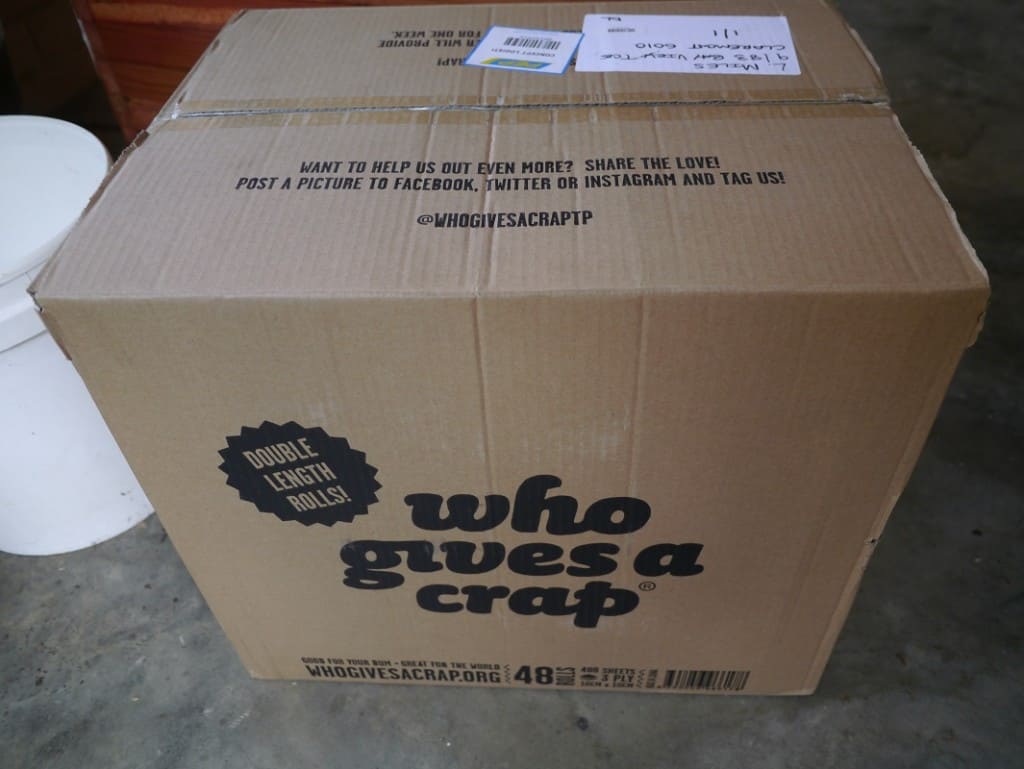 I should probably add that my zero waste week does not extend to toilet paper. I’m still using regular toilet paper in all its single-use disposable glory! Even if it isn’t being sent to landfill, technically it’s waste as it’s going into the toilet, but reusable cloths are not happening in this house any time soon. Even if I was up for it (and I’m not), there is no way I’d convince my boyfriend!
I should probably add that my zero waste week does not extend to toilet paper. I’m still using regular toilet paper in all its single-use disposable glory! Even if it isn’t being sent to landfill, technically it’s waste as it’s going into the toilet, but reusable cloths are not happening in this house any time soon. Even if I was up for it (and I’m not), there is no way I’d convince my boyfriend!
